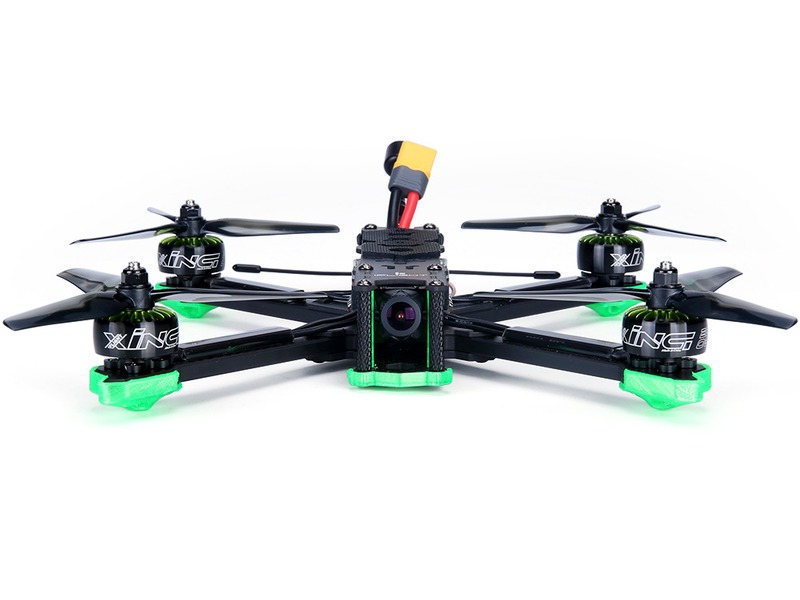Can a drone see at night?

Yes, a drone can see at night. This is possible through the use of infrared (IR) cameras, which are able to detect heat signatures in the dark. IR cameras are sensitive to infrared radiation, which is emitted by all objects that have a temperature above absolute zero. This means that even in complete darkness, an IR camera can detect the heat signatures of objects, allowing a drone to “see” them.
IR cameras are often used in conjunction with other sensors, such as light sensors and laser rangefinders, to provide a more complete picture of the environment. For example, a light sensor can detect the presence of light, allowing the drone to adjust its camera settings accordingly. A laser rangefinder can measure the distance to objects, allowing the drone to accurately navigate in the dark.
In addition to the sensors, drones can also be equipped with night vision goggles. These goggles use an image intensifier to amplify the available light, allowing the user to see in the dark. This is especially useful for search and rescue operations, as it allows the user to locate people or objects that may be difficult to see in the dark.
Finally, some drones are also equipped with thermal imaging cameras. These cameras detect the infrared radiation emitted by objects and convert it into an image. This allows the drone to detect objects that may be difficult to see in the dark, such as people or animals.
In conclusion, drones can see in the dark through the use of IR cameras, light sensors, laser rangefinders, night vision goggles, and thermal imaging cameras. These technologies allow drones to detect objects in the dark, making them invaluable for search and rescue operations.
Comments / Question
1. Drones can be used to see in the dark, allowing for surveillance and reconnaissance in low-light conditions.
2. Drones can be equipped with infrared cameras and sensors, allowing them to detect heat signatures and other objects in the dark.
3. Drones can be used to monitor large areas quickly and efficiently, providing a better view of the terrain than traditional methods.
4. Drones can be used to provide a bird’s eye view of a situation, allowing for better situational awareness.
Disadvantages:
1. Drones are expensive and require specialized training to operate.
2. Drones can be easily detected by radar and other detection systems, making them vulnerable to interception.
3. Drones are limited in their range and endurance, making them unsuitable for long-term surveillance.
4. Drones are vulnerable to weather conditions, making them unreliable in certain conditions.

